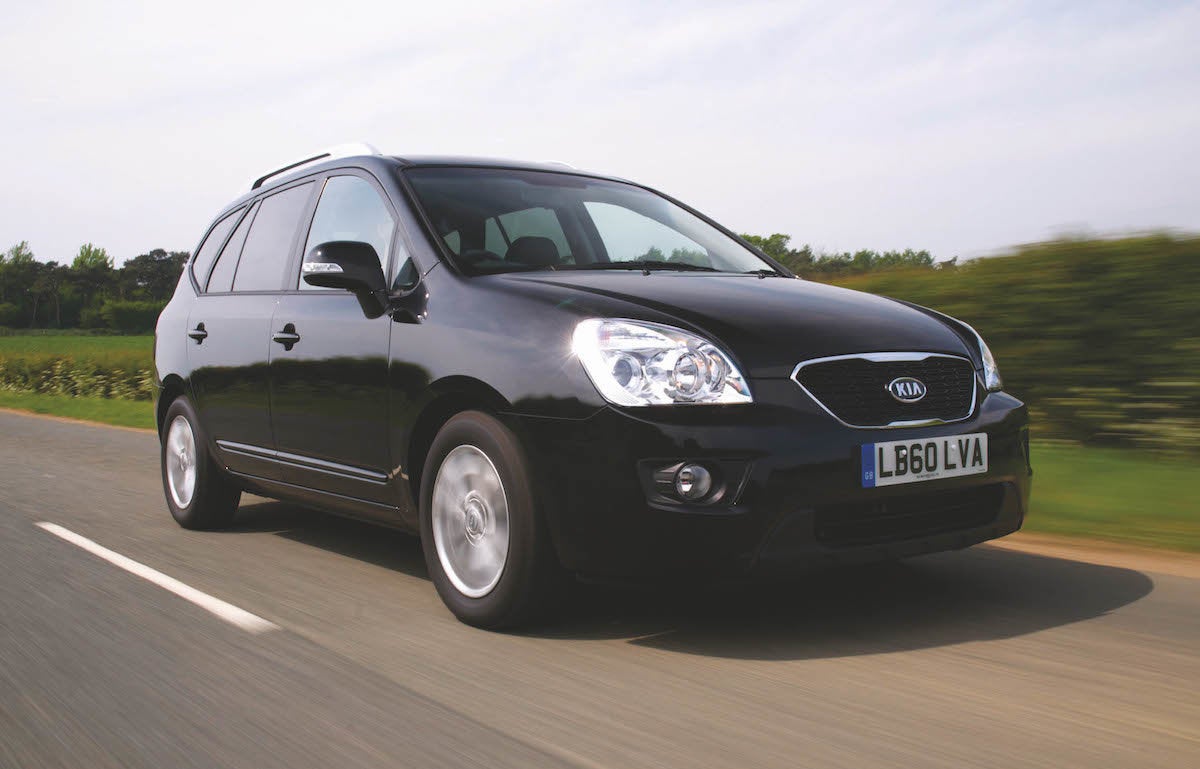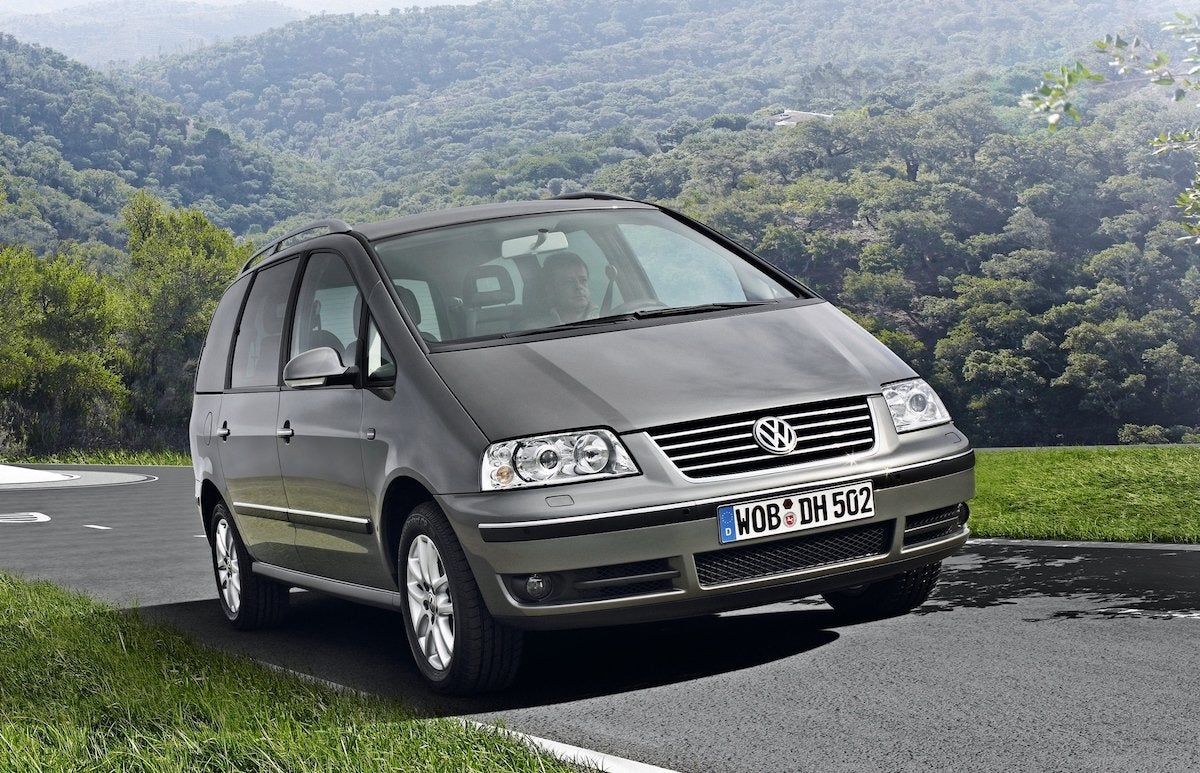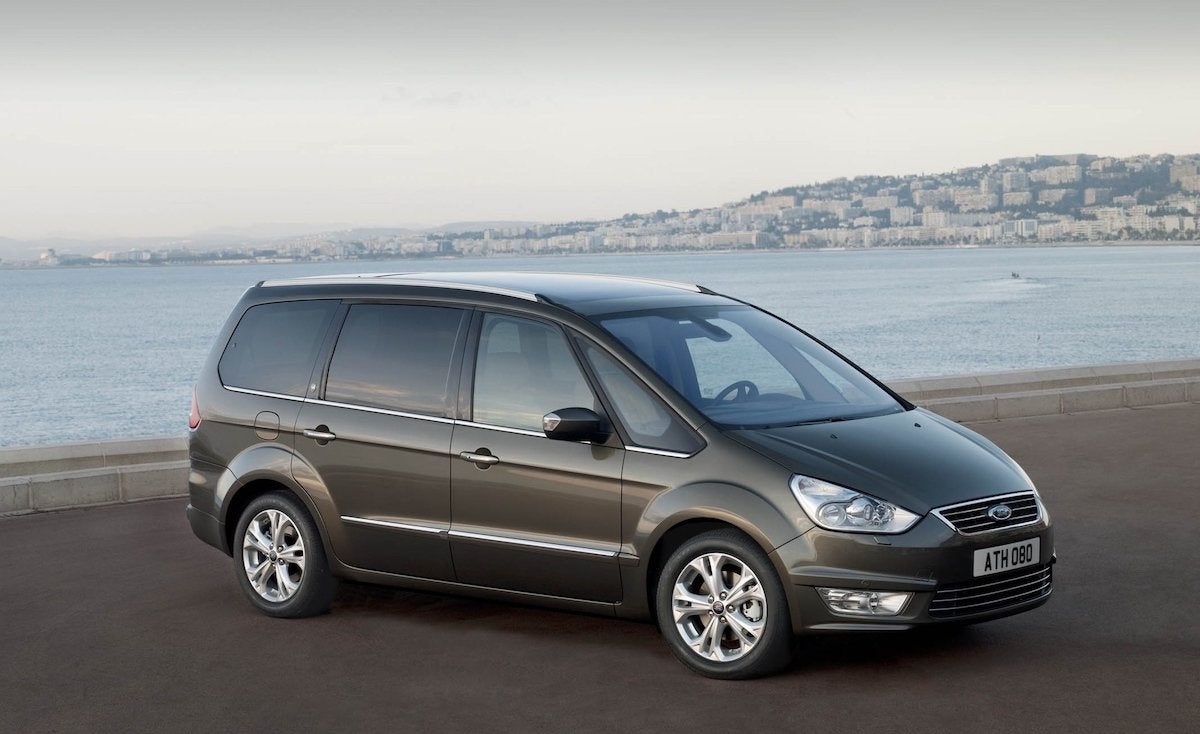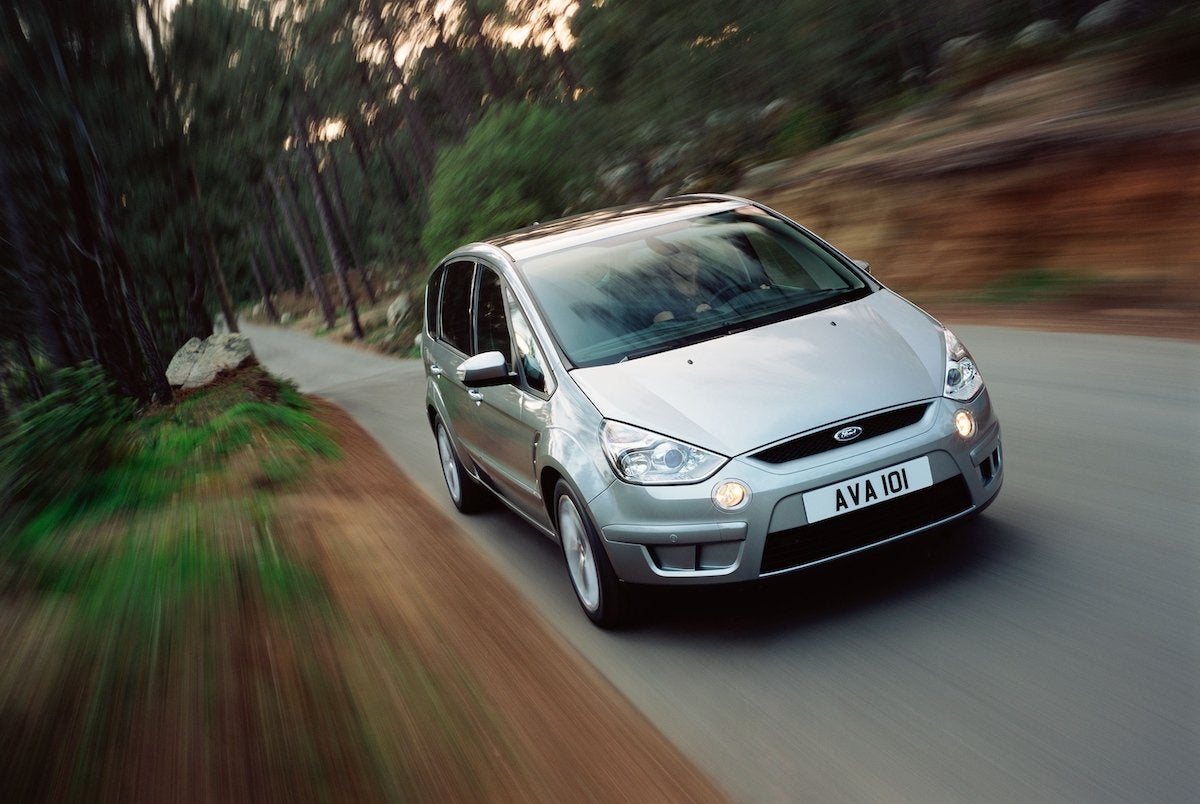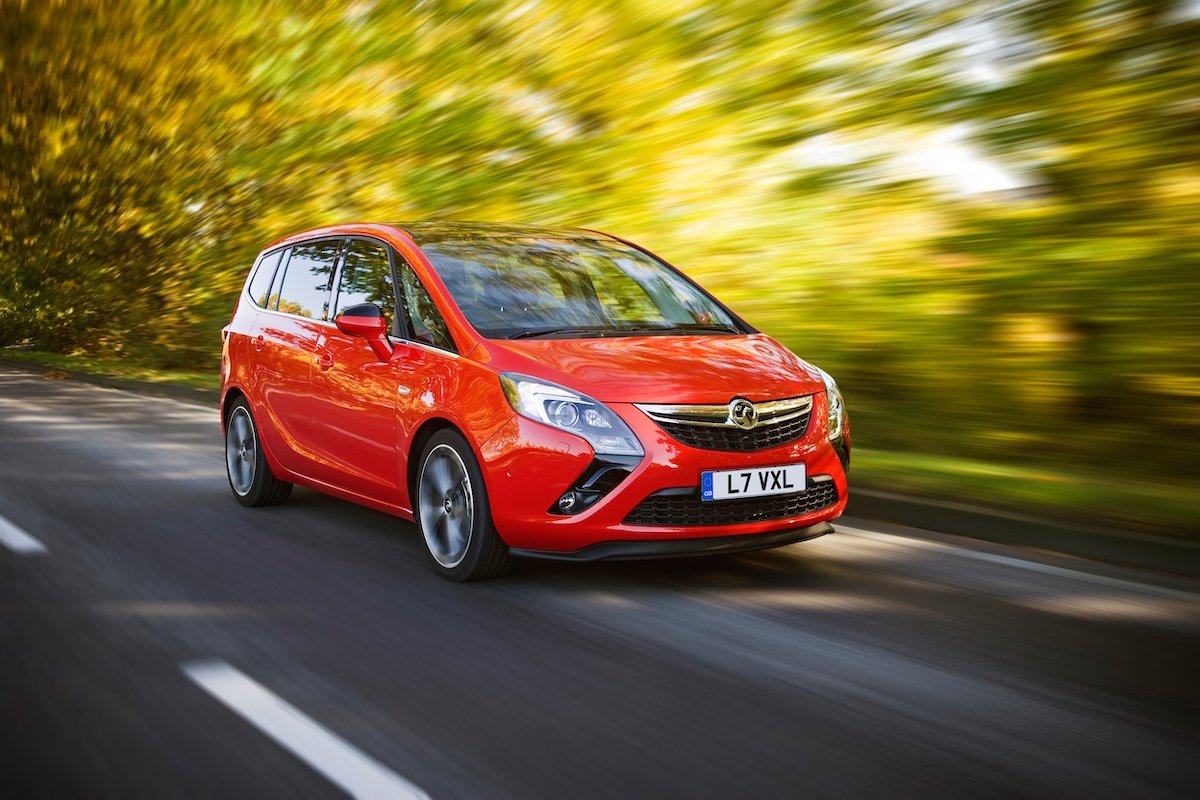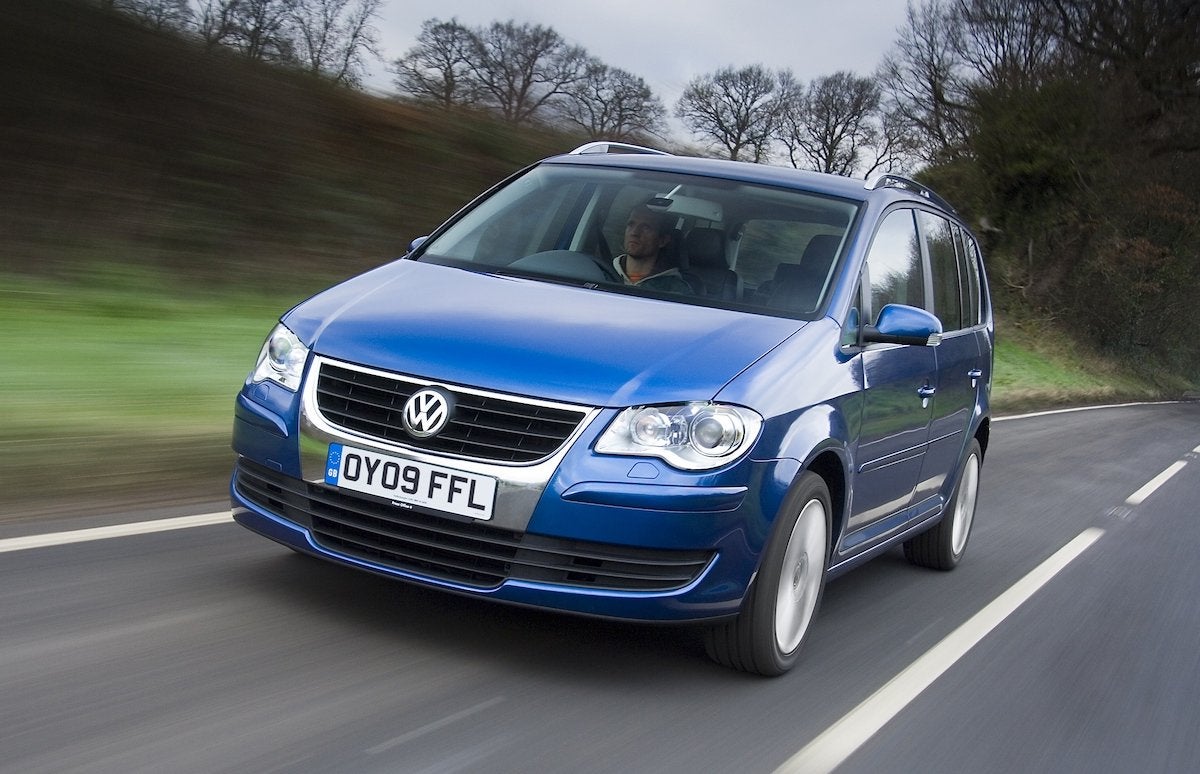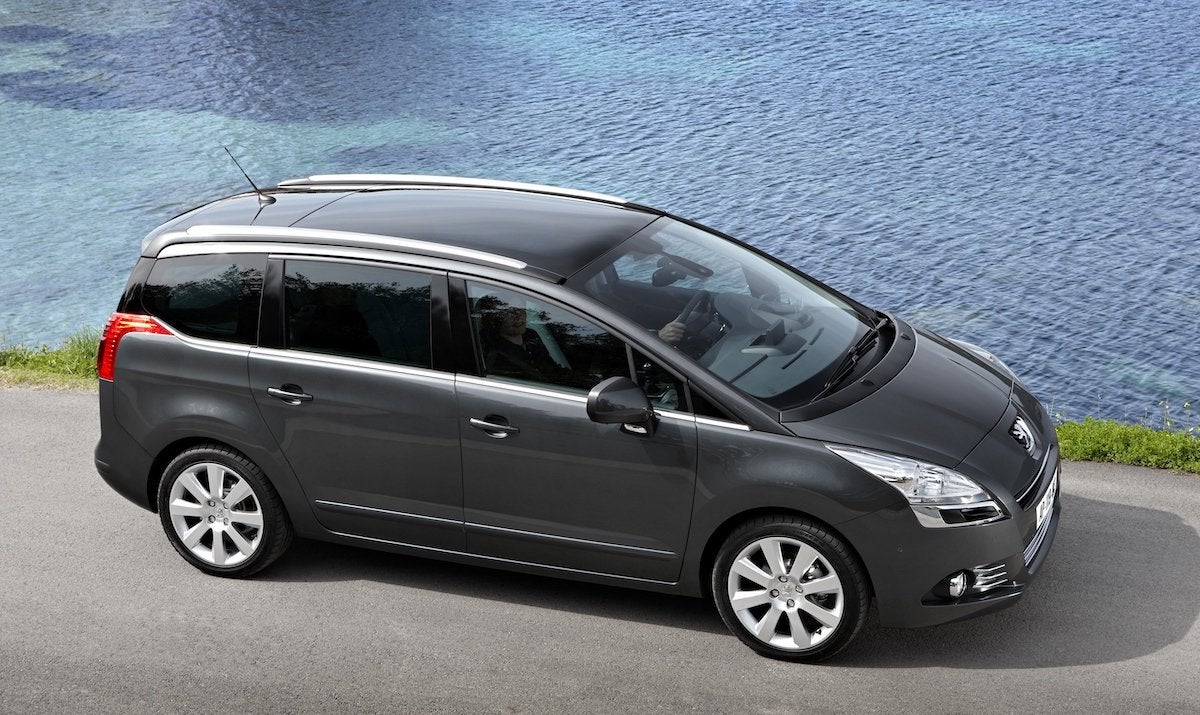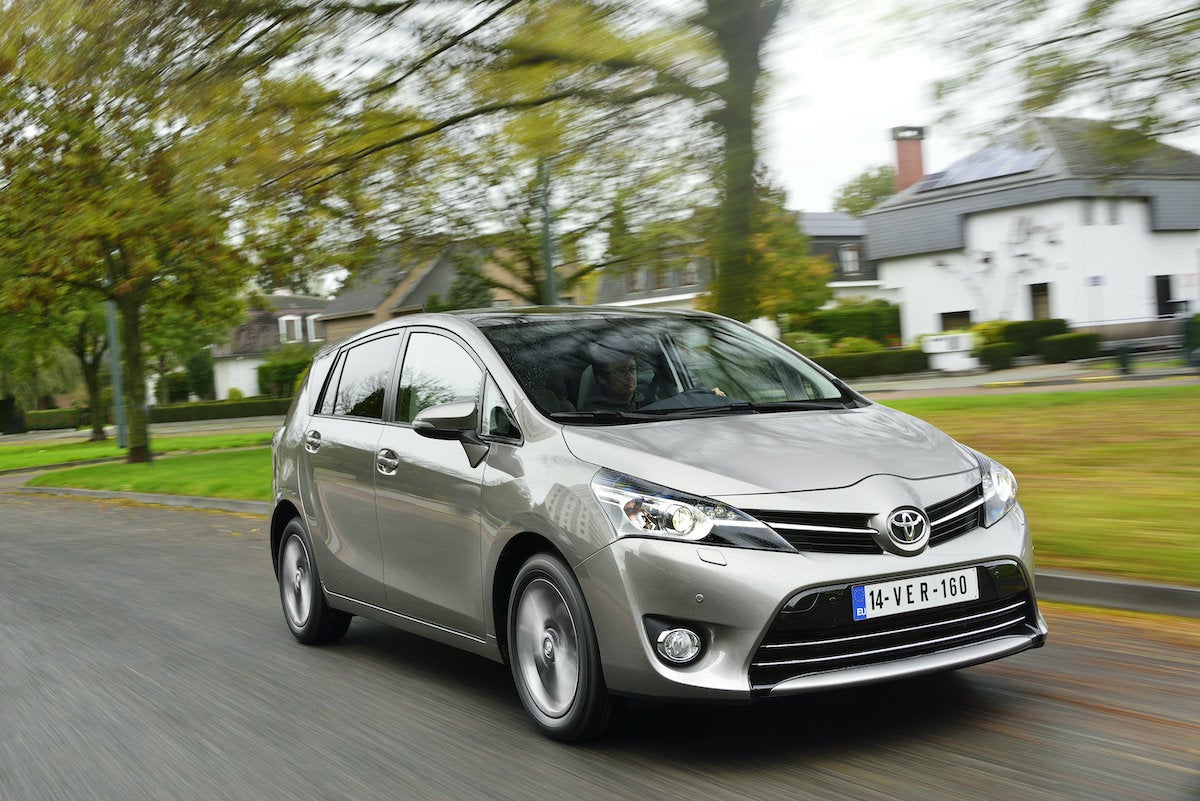It’s not all that easy to find a good used seven-seater car for less than £5,000, but they are out there if you know where to look, offering family motoring at a price low enough to make a Dacia blush and, if you buy right, offering low running costs, too.
In this guide we’re looking at seven-seater MPVs, because although many more modern seven-seaters are off-road-style SUVs, such as the Skoda Kodiaq, Land Rover Discovery or Mitsubishi Outlander, most of those are beyond our £5,000 budget. Similarly plug-in hybrid models or electric cars aren’t yet available at this budget.
You’ll mainly be looking at cars that are at least 10 years old, so don’t expect to find much of the technology you get in the new cars of today, but some are newer than others, which should mean they have more modern equipment. Here’s our pick of the bargain-basement best used seven-seater cars.
Best Cheap 7-Seater Cars Under £5k to Buy in 2025
- Kia Carens
- Volkswagen Sharan
- Ford Galaxy
- Ford S-Max
- Vauxhall Zafira Tourer
- Volkswagen Touran
- Peugeot 5008
- Toyota Verso
Kia Carens (2013-2019)
The third generation of Kia’s cheap and cheerful seven-seater is in plentiful supply at this price, and while the Carens is never going to set pulses racing either with its styling or with its driving experience, it ticks the box if you need to move lots of people on a budget.
It was available in five-seat or seven-seat versions, so keep an eye out for the latter, and there are three engine options: a 1.6-litre petrol, and two 1.7-litre diesels. The CRDi diesels are the easiest to find and probably the most sensible options, given their extra mid-range grunt and impressive mpg figures. But if you do want to stick to petrol, for example if you drive regularly within the London ULEZ, then the 1.6-litre provides a decent blend of fuel economy and performance.
Whichever model you choose, you’ll find a rather plasticky, if well screwed-together dashboard inside, and a generous amount of equipment – even the entry-level ‘1’ model gets air conditioning, electric windows and cruise control, which makes it pretty well kitted out for the price. The Carens also has a solid reputation for reliability, so while a Citroen Grand C4 Picasso or a Renault Grand Scenic might be more stylish, the Kia should prove dependable in the long run; if you buy one of the last-of-the-line examples, you’ll find it even has a little bit of its original manufacturer warranty remaining.
Kia Carens Review
Volkswagen Sharan (2010-2022)
The Volkswagen Sharan has been one of the most popular MPVs in the UK over the last 20 years, so there are plenty of used examples on the market. For just under £5,000, it’s possible to pick up a second-generation Sharan, which was considerably upgraded and modernised compared with its predecessor.
The Sharan is a typical Volkswagen in that it’s solid and reliable, and the interior is fitted with high-quality materials that make it an ideal family car, although don’t go expecting the sort of quality to make you think you’ve accidentally climbed aboard an Audi, BMW or Mercedes. Versatility is one of its strongest suits; there’s bags of boot space and five individual rear seats that can be folded down to accommodate more luggage if they’re not needed for people. When they’re in place, there’s enough room for adults even in the rearmost row, which just goes to show how big it is.
Most used examples of this generation are diesels, but if you’re concerned about emissions, look for a more efficient Bluemotion variant. If you can’t find a Sharan you like in your local area, try searching for a Seat Alhambra instead — they’re basically the same car, with only minor badging and design differences marking them out.
Volkswagen Sharan Review
Ford Galaxy (2006-2015)
The Ford Galaxy is a people carrier in the truest sense of the word. Commonly used as a private hire taxi, the Galaxy is frequently employed for airport runs, transporting groups of friends to and from nights out, and school runs. Taxi drivers generally know a good car when they see one, so it’s no surprise that this is one of the best seven-seaters around. It’s ideal for families, with wide-opening rear doors and a surfeit of interior space, which allows you to fit three child seats abreast easily.
For less than £5,000, you can buy a second-generation Galaxy, with a number of useful updates and better equipment levels compared with the original car, which finished production in 2006. Look for Ghia or Titanium trims, because they offer the best specification.
Petrol-engined cars are as rare as hen’s teeth and expensive to run, so the TDCi diesel engines are the powertrains of choice; just make sure you check the service history and the condition of the engine.
Ford Galaxy Review
Ford S-Max (2006-2014)
There was always a presumption that buying an MPV meant an end to driving a car that was fun, but then came the Ford S-Max. Yes, it’s a people carrier, but it’s a rather sporty one that shows even car buyers in need of practical family transport needn’t settle for something dull. Launched at the same time as the second-generation Galaxy in 2006, the S-Max isn’t quite as practical as its larger sibling – the roofline is noticeably lower, for example, so there’s a bit less headroom – but it’s still impressively spacious and versatile, and it more than compensates in other areas.
It’s really stylish, the cabin is solid and functional, and it’s fitted with some technology that was fairly cutting edge at the time. As we mentioned, it’s also surprisingly good to drive, because it scales up the handling abilities that made the Fiesta supermini and the Focus family hatchback leaders of their respective classes at the time, while the diesel engines provide plenty of power to keep a large family moving at a decent rate.
Ford S-Max Review
Vauxhall Zafira Tourer (2011-2018)
The Vauxhall Zafira Tourer was considered a decent car when it was launched in 2011, but it was never considered a class leader, because Ford’s Galaxy and S-Max were just so good. These days, though, the Zafira Tourer makes a lot more sense as a used car, because its resale values fell significantly quicker than those of its rivals, meaning it’s now considerably cheaper to buy.
Practicality is at the very heart of the Zafira Tourer. An innovative seating system, known as Flex 7, means the seats can be folded and stowed away, which creates plenty of room for luggage. If the car is full of people, then the middle-row seats can slide back and forth to adjust legroom, although the third row, like pretty much every other seven-seater on the market, is cramped for adults.
The Zafira Tourer is available with petrol and diesel engines, and the latter is more common. However, the 1.4-litre petrol units might be better suited to urban drivers.
Vauxhall Zafira Tourer Review
Volkswagen Touran (2003-2015)
The Touran demonstrates why Volkswagens are so popular among used car buyers: solid build quality, appealing but understated design, a straightforward interior and very impressive practicality. The two rearmost seats aren’t that spacious, but they’re still useful on occasion or for smaller children.
A £5,000 budget will bag you a late example of the facelifted first-generation model, which was introduced in 2010. It’s about as solid and as comfortable as seven-seaters get, and because it’s smaller than its more spacious sibling, the Sharan, it’s also easier to manoeuvre around town.
Add in a range of economical TDI diesel engines and a rare but perky turbocharged petrol, and you’ve got a people carrier that is deeply sensible and very comfortable. Avoid the DSG automatic gearbox, though, because it has a reputation for being troublesome.
Volkswagen Touran Review
Peugeot 5008 (2009-2016)
The latest model of the Peugeot 5008 is a seven-seater SUV, but it started life in 2009 as a front-wheel-drive MPV. It has a number of attractive qualities that make it a worthy of consideration, with plenty of examples now on sale for less than £5,000.
The first generation of the 5008 is very practical, because its seven seats fold and slide to provide a range of options for seating passengers and carrying luggage, so it’s seriously flexible. The spacious cabin has enough headroom and legroom, apart from in the third row of seats, which is as restrictive as most of its seven-seat rivals. The 5008 is also fitted with an array of useful equipment as standard, such as LED running lights, cruise control, air-conditioning, Bluetooth, parking sensors, and automatic lights and wipers.
There’s a single petrol engine available in the 5008, but you’ll be hard pressed to find one, as the vast majority of cars sold in the UK were fitted with turbo diesel engines, and the 1.6-litre unit the best option in terms of efficiency.
Toyota Verso (2009-2018)
The Verso is not what you’d describe as an exciting car to drive or own. The exterior is a little bland, as is the interior, but it is fitted with tough materials that are appropriate for a family car that is going to get a lot of use and abuse.
There is a lot to commend about the seven-seat Verso, though, particularly its reliability, for which Toyota has a strong and well-deserved reputation, building cars that last and rarely go wrong in any serious way.
The Verso is typical of Toyotas in this respect, with excellent build quality and an impeccable reliability record, and for this reason alone, it makes a good used buy. It’s also not much bigger than a normal hatchback, which makes it one of the easier seven-seaters to drive around town. It has a similarly compact footprint to the Mazda 5 of the day, but has a more versatile and comfortable seating layout. It’s also surprisingly good value, too.

